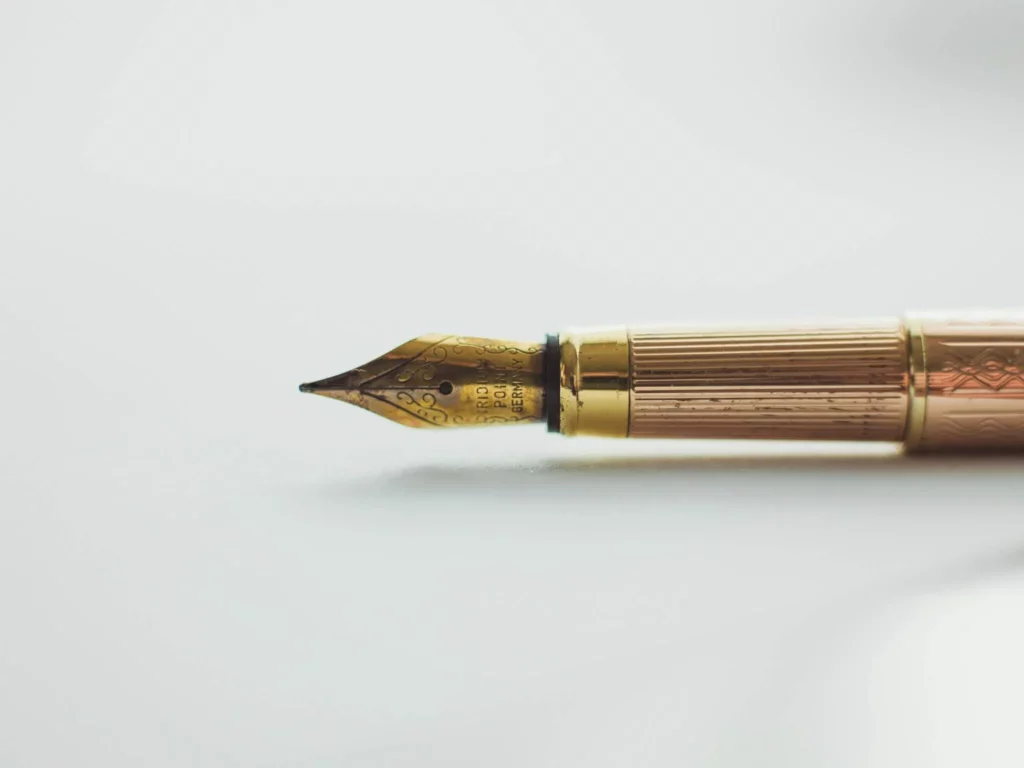Dream sequences in writing provide a window to a character’s subconscious, allowing readers to glean deeper insights into their motivations, desires, and fears. These sequences, congenial to abstract and surreal storytelling, can add rich layers to your narrative when intricately crafted.
Creating a Surreal Vibe
Creating a trippy dream sequence asks for a subtle blending of reality and surrealism. To perplex your readers and blur the lines between dream and reality, subtly infuse your dream sequence with elements that do not adhere to the laws of the real world. Writing dream sequences with a mystical and inexplicable air can trigger your readers’ curiosity, leaving them questioning the happenings in the narrative.

Heavily Symbolic and Allegorical
- Imagery and Allegory: Dreams feed off a person’s subconscious, often reflecting their fears, desires, or issues. Therefore, dreams in writing should be symbol-laden and allegorical. Paint vivid pictures, create fantastical scenarios, and explore bizarre events that resonate deeply with the dreamer’s psyche.
- Relevance to Plot: A vivid dream sequence, while beguiling, must serve a purpose in your plot. Avoid making it merely a compendium of vague images that fails to contribute to the overall narrative.
Mimic Actual Dreams
Dream sequences should mimic the random, chaotic, yet meaningful nature of real dreams. They should create a similar sense of vividness and confusion, offering insights into the character’s world while being disorienting at the same time. Utilize narrative techniques that create a floating, dreamlike feel and ensure the dream sequence advances your story.

Types of Dream Sequences
There are various types of dream sequences, each serving a different narrative purpose and providing distinct information about the character’s internal world. Here are a few:
- Symbolic dreams: These dreams use symbols to hint at impending events in the narrative.
- Nightmares: Depict your character’s deepest fears and anxieties through disturbing dream sequences.
- Lucid dreams: In these dreams, your character is aware they are dreaming and may control what happens inside the dream.
- Fantasy dreams: These dreams contain fantastical elements such as magical powers, mythical creatures, or irrational events.
Waking Up From a Dream
The way your character wakes up from a dream also matters. Transition smoothly from the dream to reality, ensuring the character’s awakening complements the conclusion of the dream sequence. Avoid clichés like “and then they woke up” or “it was just a dream” to make your dream sequence more impactful.

Conclusions
Mastering the art of writing a trippy dream sequence can provide your audience with an emotionally rich, profoundly symbolic, and visually captivating reading experience. Done right, dream sequences can deepen characterization, foreshadow events, and reveal hidden aspects of your characters’ psyche. Remember to be mindful of coherence and relevance, balance surrealism with narrative logic, and make effective use of symbols to create impactful dream sequences that will remain in your readers’ memories.
